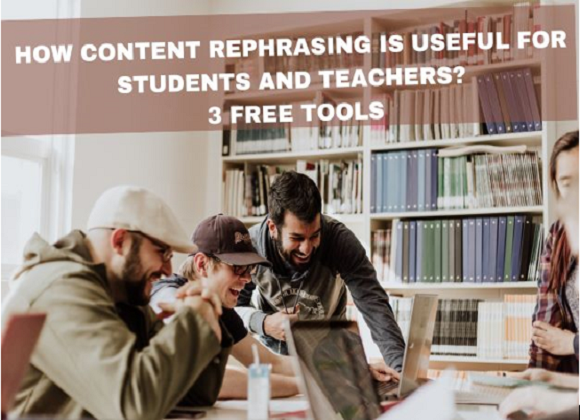Courses
Grow skills with quality courses
In the new National Education Policy 2020, the curricular and pedagogical structure of school education will change for the developmental needs and interests of school children for their development at different stages.
The NEP 2020 will be more focused on early childhood care and education. It will replace the 10+2 structure of school curricula by a 5+3+3+4 curricular structure to ages 3-8, 8-11, 11-14, and 14-18 years respectively.
The new NEP is based on four pillars which are Access, Equity, Quality, and Accountability. In this new policy, there will be a 5+3+3+4 structure which includes 12 years of school and 3 years of Anganwadi/ pre-school replacing the old 10+2 structure.
The new 5+3+3+4 School Structure will comprise 12 years of school & 3 years of pre-school (or Anganwadi or Balvatika).
What does it include?
1. The new structure will include a foundational stage from 3 to 8, three years of pre-primary education from 8 to 11, a preparatory stage from 11 to 14, with the secondary stage of 14 to 18 years. School students will take exams only for Classes 3, 5, and 8. Assessment in other years will shift to a "regular and formative" style that will be more "competency-based".
3. The board exams will continue to be held for classes 10 and 12, but these will also be re-designed with "holistic development".

Highlights for Foundational Stage
1. Medium of Instruction: One of the most significant highlights is that children from class Nursery to class V will be taught in their mother tongue or regional language, in some cases, this will be till class VIII.
Highlights for Higher Education
Greater Autonomy and Multi-disciplinary Approach
Over the coming decade, every college would develop into either an autonomous degree-granting college or a constituent college of a university. Also, the policy aims at focusing on multi-disciplinary culture in institutions offering professional education.
Use of Technology in Higher Education
National Education Policy 2020 has emphasised the use of technology in multiple ways to enhance the teaching-learning experience and also to make quality education accessible for the masses. As per the NEP, the use of technology will be taken to the next level to “ensure preparedness with alternative modes of quality education whenever and wherever traditional and in-person modes of education are not possible.”
To promote ‘Online Education and Digital Education, a dedicated unit will be set up to facilitate the building of digital infrastructure, digital content and also to look after the e-education needs at the level of both school and higher education.
Further, the credits earned at different levels will get credited into a digitalised Academic Bank of Credit. Students can use their earned credits to take admission to another institution to further continue their studies for the remaining year/s of their graduation courses.
About the author
Comments
Recommended by Gurushala

Technology & Innovation
-By Valentina MilanovaHow Content Rephrasing is Useful for Students and Teachers? 3 Free Tools

Stories of Indian Classrooms
-By GurushalaOn the course of continuous learning- An inspiring teacher story from Pune
Related Articles
